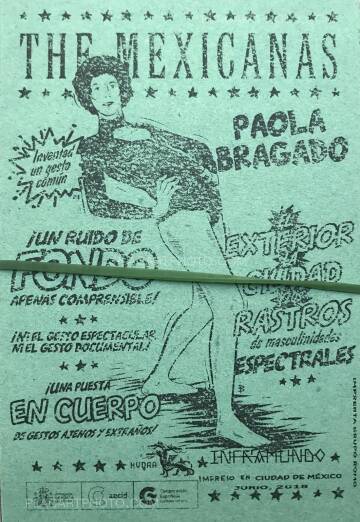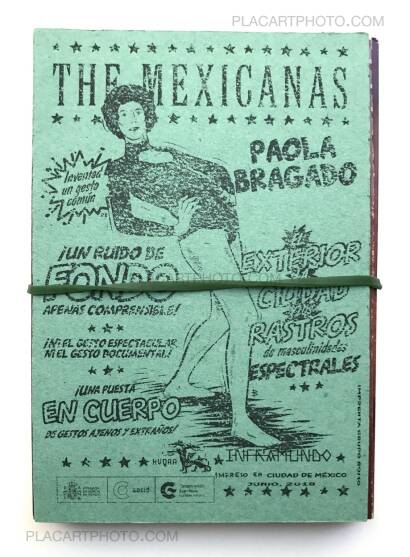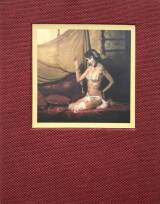THE MEXICANAS (HANDMADE EDITION)
.jpg)
Paola Bragado
THE MEXICANAS (HANDMADE EDITION)
Photographs: Paola Bragado
Publisher: Self published
68 pages
Pictures: 34
Year: 2018
ISBN: 978-607-98036-0-5
Comments: Leporello, 20,5 by 13,5, colors photographs. Handmade publication, edition of 200 copies and numbered and signed.
.jpg)
.jpg)
.jpg)
.jpg)
.jpg)
.jpg)
.jpg)
.jpg)
.jpg)
.jpg)
.jpg)
.jpg)
more books by Paola Bragado
-
Siwah (Special handmade edition of 13)
by Paola Bragado
sold -
Siwah (SIGNED)
by Paola Bragado
Euro 90 -
Siwah (Special handmade edition of 13)
by Paola Bragado
Euro 100
more books tagged »handmade« | >> see all
-
CYANOTYPES (Unique, signed and numbered)
by Thomas Mailaender
Euro 2500 -
HOLLOW (LIMITED EDT OF 15 copies)
by Martin Bogren
sold -
RED / JANUARY 2021 (SPECIAL EDT OF 10 WITH A PRINT)
by Theo Elias
sold -
Cool in the Pool (Signed)
by Daisuke Yokota
sold -
La nostalgie de l'infini (SIGNED AND NUMBERED, edt of 100)
by Veronica Mecchia
Euro 70 -
UNTITLED (09-22 Black cover. Unique book with prints)
by Chan Wai Kwong
Euro 600
more books tagged »hydra« | >> see all
more books tagged »prostitution« | >> see all
-
Girls are more evil than tigers (Signed)
by Mauro D'Agati
Euro 90 -
TULSA, OK (SIGNED) (BACK IN STOCK)
by Victor D'allant
sold -
Nächtlicher Alltag
by Jane Evelyn Atwood
sold -
West Side Rendezvous
by Katsu Naito
sold -
Shokujo Roku (Signed)
by Yoshiichi Hara
sold -
08) Welcome 2 my room (3 books signed)
by Maki
Euro 200
more books tagged »Mexican« | >> see all
-
EASTSIDERS
by Gregory Bojorquez
sold -
La Casa Que Sangra (Signed)
by Yael Martinez
sold -
Somne (SPECIAL EDITION)
by Rogelio Séptimo
Euro 90 -
EASTSIDERS (FIRST EDT)
by Gregory Bojorquez
sold -
NATURATA
by Graciela Iturbide
Euro 300 -
asor
by Graciela Iturbide
Euro 60
Books from the Virtual Bookshelf josefchladek.com

























;jpg)



;jpg)
 Facebook
Facebook Instagram
Instagram